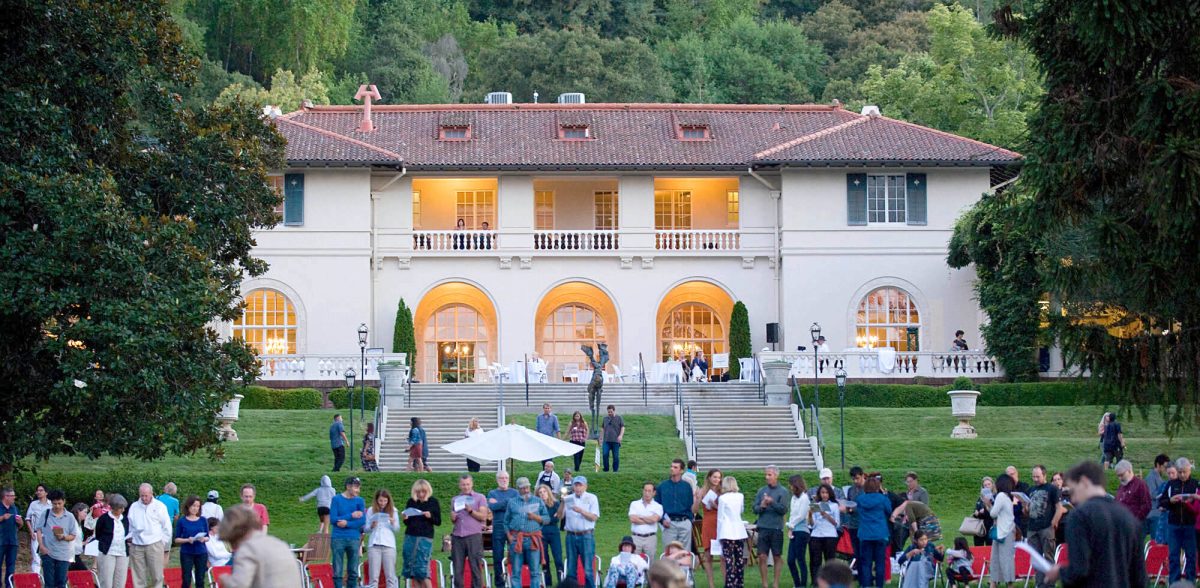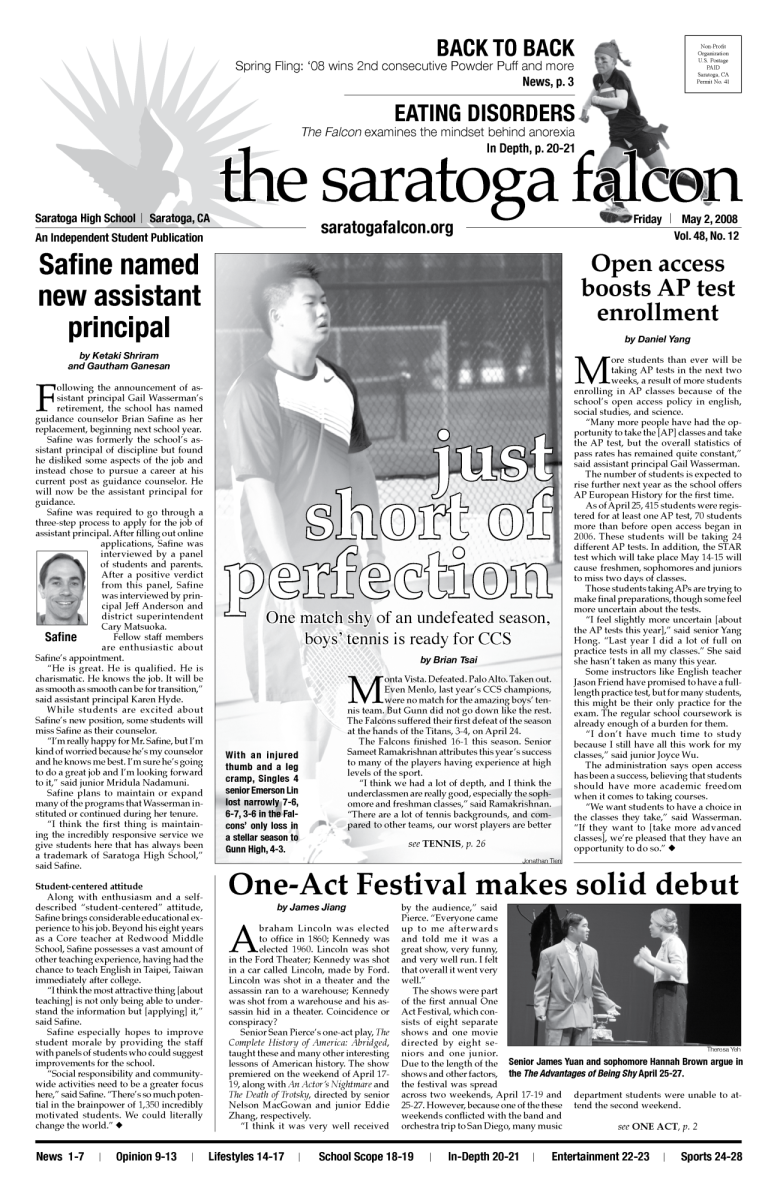On Sept. 9, members of over 50 local middle and high school robotics teams crowded closely together on the rows of bleachers at Newark Memorial High School, quietly speculating about the possible explanations for what the shrouded game field covered. As they waited for the 2023-24 NorCal FIRST Tech Challenge (FTC) game reveal to begin, each team brainstormed ideas for how this season’s theme would influence their robot design.
The audience slowly quieted as the video on the projected panel displayed the uncovered game field — foam tiles from which all sorts of game elements rose: tri-colored trusses, hexagonal “pixel” units and an artist’s “backdrop” or canvas. It revealed that this year’s robotics game, named CenterStage, would be art-themed, with the main objective being to construct triangular mosaics by placing pixels on the backdrop.
As the video came to a close, the stands erupted into discussions about all the possible robot mechanisms and game strategies teams could come up with. Half the bleachers seemed to have been emptied out as people poured into a massive clump before the Q&A microphone, chattering about their burning questions.
Since their kickoff on Sept. 9, the three FTC teams under Saratoga’s Mechanical Science and Engineering Team (MSET) — the CuttleFish, BettaFish and JellyFish — have begun designing and constructing prototypes for each mechanism, working through 10-20 hours of build sessions per week. BettaFish and JellyFish will compete first on Nov. 11, while CuttleFish will compete on Dec. 10.
“I really liked this year’s challenge because I think it’s really interesting and there are a lot of things going on and different from what we had in the past,” said FTC Lead Jarret Singh, a senior. “Hopefully Cuttles will go to Worlds again, and I’m also hoping for the Bettas and Jellies [members of our two rookie teams] to qualify for Regionals and have fun.”
Under the other branch of MSET is the team of 50 students who compete in the FIRST Robotics Competition (FRC) in the spring. Aside from their intense 6-week build season in January to April, the offseason provides time for new members to compete in other tournaments and familiarize themselves with the operations of the large team.
“We’re focusing on preparing underclassmen for the spring season while getting them accustomed to the team,” said FRC Program Lead Cameron Nguyen, a senior.
Separately, the school’s VEX teams have doubled their member count, growing from four to six teams since the end of last year.
These teams are much closer to their upcoming tournaments, having completed their robots after four months of designs and prototypes since their game reveal on April 27. Over their summer build sessions, each of the teams — all registered as 95071 with one of the letters V, W, X, Y, Z or H at the end — has also spent time getting to know each other.
With the addition of two new teams — Teams 95071Y and H — to the existing four, the management for team and club-wide logistics is expected to become more complicated. Meanwhile, each team has been preparing for their upcoming competition in a couple of weeks.
“Last year, one of our teams actually placed third in their world championship divisions,” said club secretary Richard Lee, a sophomore.
For the 125 students who will be competing in the next couple of weeks, the rooms will slowly start to become their home away from home. Through the hours of daily after-school work sessions the team will spend together, the team will become extremely close.
“You’re hanging out but you’re still doing something productive,” Singh said. “You make a lot of friends in the club and also get to make cool things and see it work.”

































